Home>Gardening & Outdoor>Landscaping Ideas>What Is The Best Soil To Grow Grass
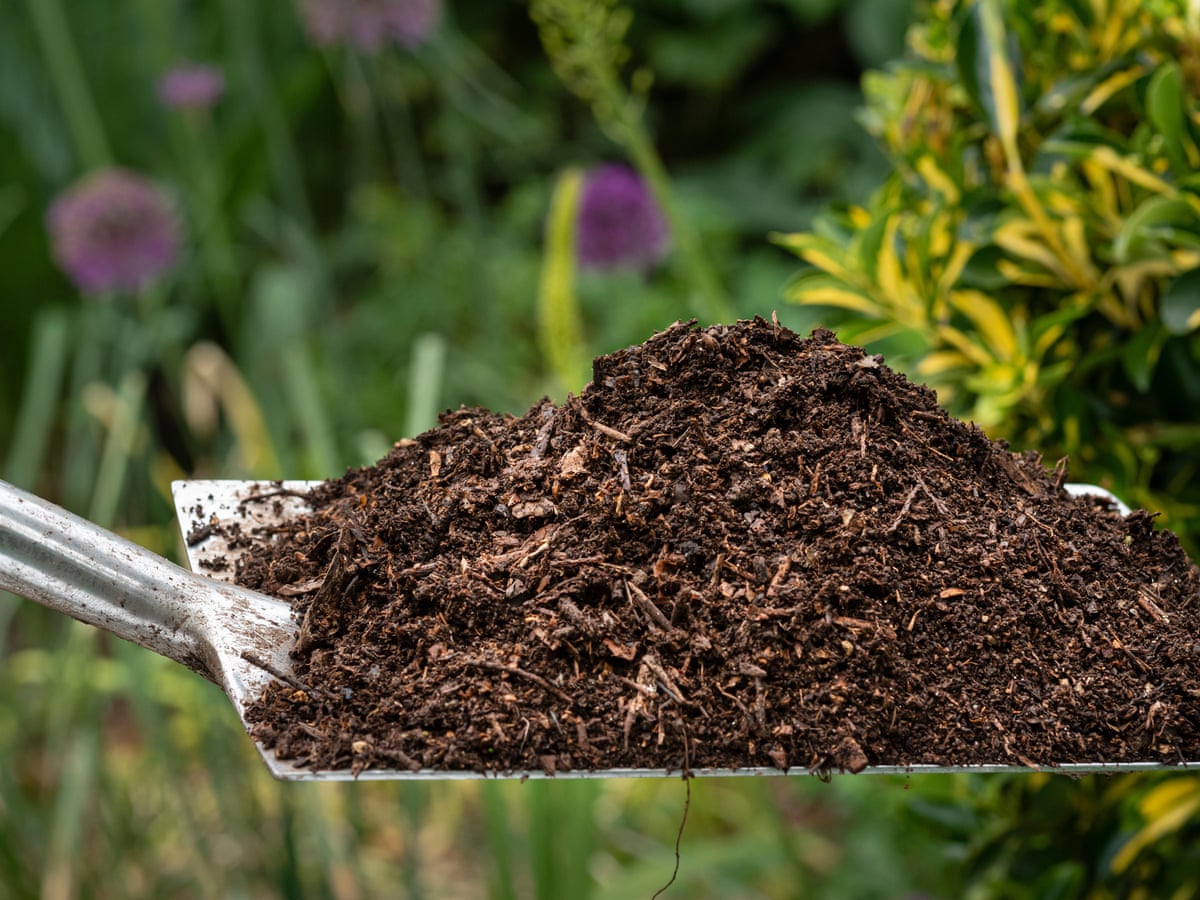

Landscaping Ideas
What Is The Best Soil To Grow Grass
Published: January 28, 2024
Discover the best soil for growing lush, healthy grass with our expert landscaping ideas. Improve your lawn with the right soil for a beautiful, green landscape.
(Many of the links in this article redirect to a specific reviewed product. Your purchase of these products through affiliate links helps to generate commission for Storables.com, at no extra cost. Learn more)
Introduction
When it comes to creating a lush, vibrant lawn, the importance of soil cannot be overstated. The type of soil you choose can significantly impact the health and growth of your grass. Understanding the characteristics of different soils and their suitability for grass cultivation is crucial for achieving a thriving lawn. In this guide, we will explore the various factors to consider when selecting soil for growing grass, the different types of soil available, and ultimately, the best soil for promoting healthy grass growth.
Whether you’re establishing a new lawn or revitalizing an existing one, the composition of the soil plays a pivotal role in determining the success of your landscaping endeavors. By delving into the intricacies of soil selection and its implications for grass cultivation, you can equip yourself with the knowledge needed to create an optimal environment for your grass to flourish.
Key Takeaways:
- Loamy soil is the best choice for growing healthy grass, providing ideal drainage, moisture retention, and nutrient accessibility. It fosters robust and visually stunning lawns with minimal intervention.
- Understanding soil factors like drainage, texture, pH level, and regional characteristics helps in selecting the best soil for vibrant and resilient grass. Loamy soil stands out as the optimal choice for creating lush, inviting lawns.
Read more: What Grass Grows In Sandy Soil
Factors to Consider When Choosing Soil for Grass
Before diving into the specific types of soil suitable for growing grass, it’s essential to consider several key factors that can influence your soil selection. Understanding these factors will help you make an informed decision that aligns with the needs of your lawn and the local environment.
- Drainage: Adequate drainage is crucial for the health of your grass. Soil that retains too much water can lead to waterlogged conditions, suffocating the grass roots and promoting the growth of mold and mildew. Conversely, excessively sandy soil may drain too quickly, leading to dehydration. Optimal soil should strike a balance, allowing water to penetrate while preventing excessive pooling.
- Texture: The texture of the soil, ranging from sandy to clay-based, significantly impacts its water retention and aeration properties. Sandy soil drains quickly but may struggle to retain nutrients, while clay soil holds moisture but can become compacted, hindering root growth. Loamy soil, with a balanced mix of sand, silt, and clay, is often considered ideal for promoting healthy grass growth.
- pH Level: The pH level of the soil influences nutrient availability to the grass. Most grass species thrive in slightly acidic to neutral soil, with a pH range of 6.0 to 7.0. Testing the soil’s pH can help you determine if any amendments are necessary to create an optimal growing environment for your grass.
- Nutrient Content: Assessing the nutrient content of the soil is essential for understanding its fertility. Nitrogen, phosphorus, and potassium are primary nutrients crucial for grass growth. A soil test can reveal the existing nutrient levels, guiding you in supplementing the soil with the necessary nutrients for healthy grass development.
- Climate and Region: Consider the local climate and regional soil characteristics when selecting soil for your grass. Factors such as temperature fluctuations, rainfall patterns, and indigenous soil types can influence the suitability of certain soil compositions for promoting robust grass growth in your specific location.
By carefully evaluating these factors, you can make an informed decision when choosing the most suitable soil for cultivating a thriving lawn. Each factor plays a vital role in creating an environment conducive to healthy grass growth, ensuring that your landscaping efforts yield long-lasting and visually stunning results.
Types of Soil for Growing Grass
Several types of soil are commonly encountered in landscaping and gardening, each with distinct characteristics that can impact grass growth. Understanding the properties of these soil types is essential for determining their suitability for nurturing healthy and vibrant grass.
- Sandy Soil: Characterized by its coarse texture, sandy soil offers excellent drainage but may struggle to retain moisture and nutrients. While grass can grow in sandy soil, frequent watering and regular fertilization are often necessary to support healthy growth.
- Clay Soil: Clay soil is known for its ability to retain moisture and nutrients, but it can become compacted, limiting aeration and root development. Amending clay soil with organic matter can improve its structure and create a more hospitable environment for grass to thrive.
- Loamy Soil: Often considered the gold standard for gardening and landscaping, loamy soil combines elements of sand, silt, and clay to offer optimal drainage, moisture retention, and nutrient availability. Grass tends to flourish in loamy soil due to its balanced composition.
- Silt Soil: Silt soil features fine particles that hold moisture well but may be prone to compaction. When managed effectively, silt soil can provide a suitable foundation for healthy grass growth.
- Peaty Soil: Peaty soil is rich in organic matter and retains moisture, making it favorable for grass cultivation. However, it may require additional nutrients to support robust grass growth due to its acidic nature.
While these are the primary soil types encountered in landscaping, it’s important to note that soil composition can vary significantly based on geographic location and local environmental factors. Additionally, hybrid soil types, such as sandy loam or silty clay, may exhibit a blend of characteristics from multiple soil categories, further influencing their suitability for grass cultivation.
By familiarizing yourself with the distinct properties of these soil types, you can make informed decisions when selecting the most suitable soil for your grass, ultimately laying the groundwork for a healthy and vibrant lawn.
The best soil for growing grass is loamy soil, which is a mixture of sand, silt, and clay. It provides good drainage, retains moisture, and has plenty of nutrients for healthy grass growth.
Best Soil for Growing Grass
While various soil types can support grass growth to some extent, certain characteristics make specific soil compositions more conducive to fostering lush, resilient lawns. The ideal soil for growing grass exhibits a balanced combination of essential properties that promote healthy root development, nutrient uptake, and overall vitality.
Loamy soil is widely regarded as the best soil for growing grass due to its balanced composition and favorable characteristics. It offers an optimal blend of sand, silt, and clay, providing the following benefits for grass cultivation:
- Effective Drainage: Loamy soil facilitates proper drainage, preventing waterlogging and supporting healthy root respiration. This ensures that grass roots receive adequate oxygen while avoiding the detrimental effects of water saturation.
- Moisture Retention: While loamy soil drains effectively, it also retains sufficient moisture to sustain grass during dry periods, reducing the need for excessive irrigation and promoting consistent growth.
- Nutrient Accessibility: The balanced composition of loamy soil allows for optimal nutrient retention and availability, supporting robust grass growth and minimizing the risk of nutrient deficiencies.
- Root Penetration: The loose, well-aerated structure of loamy soil encourages deep root penetration, anchoring the grass securely and enhancing its resilience against environmental stressors.
- Soil Fertility: Loamy soil often exhibits high fertility, providing a fertile foundation for grass to thrive. Its rich organic matter content contributes to the overall health and vibrancy of the lawn.
By cultivating grass in loamy soil, homeowners and landscapers can create an environment that fosters robust and visually appealing lawns. While other soil types may require amendments and ongoing maintenance to support healthy grass growth, loamy soil offers a well-rounded foundation that aligns with the natural requirements of many grass species.
It’s important to note that soil conditions can vary based on geographic location and local environmental factors. Conducting a soil test and consulting with local gardening experts can provide valuable insights into the specific soil needs of your lawn, guiding you in creating an optimal growing environment for your grass.
Ultimately, the selection of the best soil for growing grass is a pivotal step in establishing a thriving lawn that enhances the beauty and functionality of outdoor spaces, providing a lush and inviting backdrop for recreational activities and leisure.
Conclusion
Choosing the right soil for growing grass is a foundational aspect of successful lawn care and landscaping. By carefully considering factors such as drainage, texture, pH level, nutrient content, and regional characteristics, individuals can make informed decisions when selecting soil to support healthy grass growth. Understanding the distinct properties of various soil types, including sandy, clay, loamy, silt, and peaty soil, provides valuable insight into their suitability for cultivating vibrant and resilient lawns.
While each soil type presents unique advantages and challenges, loamy soil stands out as the optimal choice for growing grass due to its balanced composition and favorable characteristics. Providing effective drainage, moisture retention, nutrient accessibility, and root penetration, loamy soil creates an environment that aligns with the natural requirements of many grass species, fostering robust and visually stunning lawns with minimal intervention.
It’s essential for individuals to assess their local soil conditions and seek guidance from gardening experts to tailor their soil selection to the specific needs of their grass and the regional environment. Conducting a soil test can offer valuable insights into the existing soil composition and guide the implementation of necessary amendments to create an optimal growing environment for grass.
Ultimately, the careful selection of soil for growing grass lays the groundwork for establishing lush, inviting lawns that enhance outdoor spaces and provide a vibrant backdrop for recreational activities and leisure. By leveraging the knowledge of soil characteristics and their impact on grass cultivation, individuals can embark on a journey to create thriving landscapes that enrich their outdoor living experiences.
With a deep understanding of soil composition and its implications for grass growth, individuals can embark on their lawn care endeavors with confidence, knowing that they have laid a solid foundation for the long-term health and beauty of their grassy landscapes.
Frequently Asked Questions about What Is The Best Soil To Grow Grass
Was this page helpful?
At Storables.com, we guarantee accurate and reliable information. Our content, validated by Expert Board Contributors, is crafted following stringent Editorial Policies. We're committed to providing you with well-researched, expert-backed insights for all your informational needs.
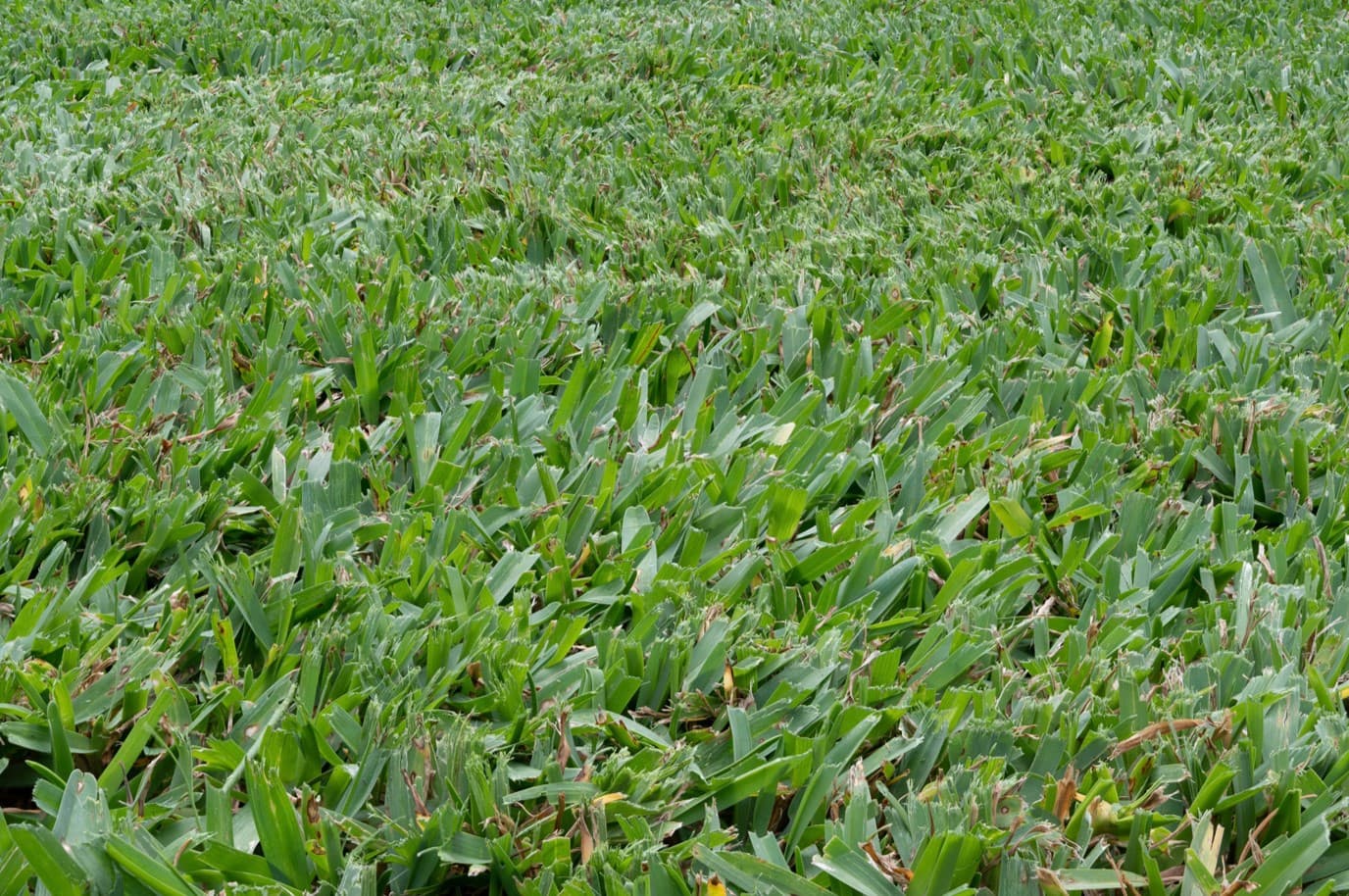
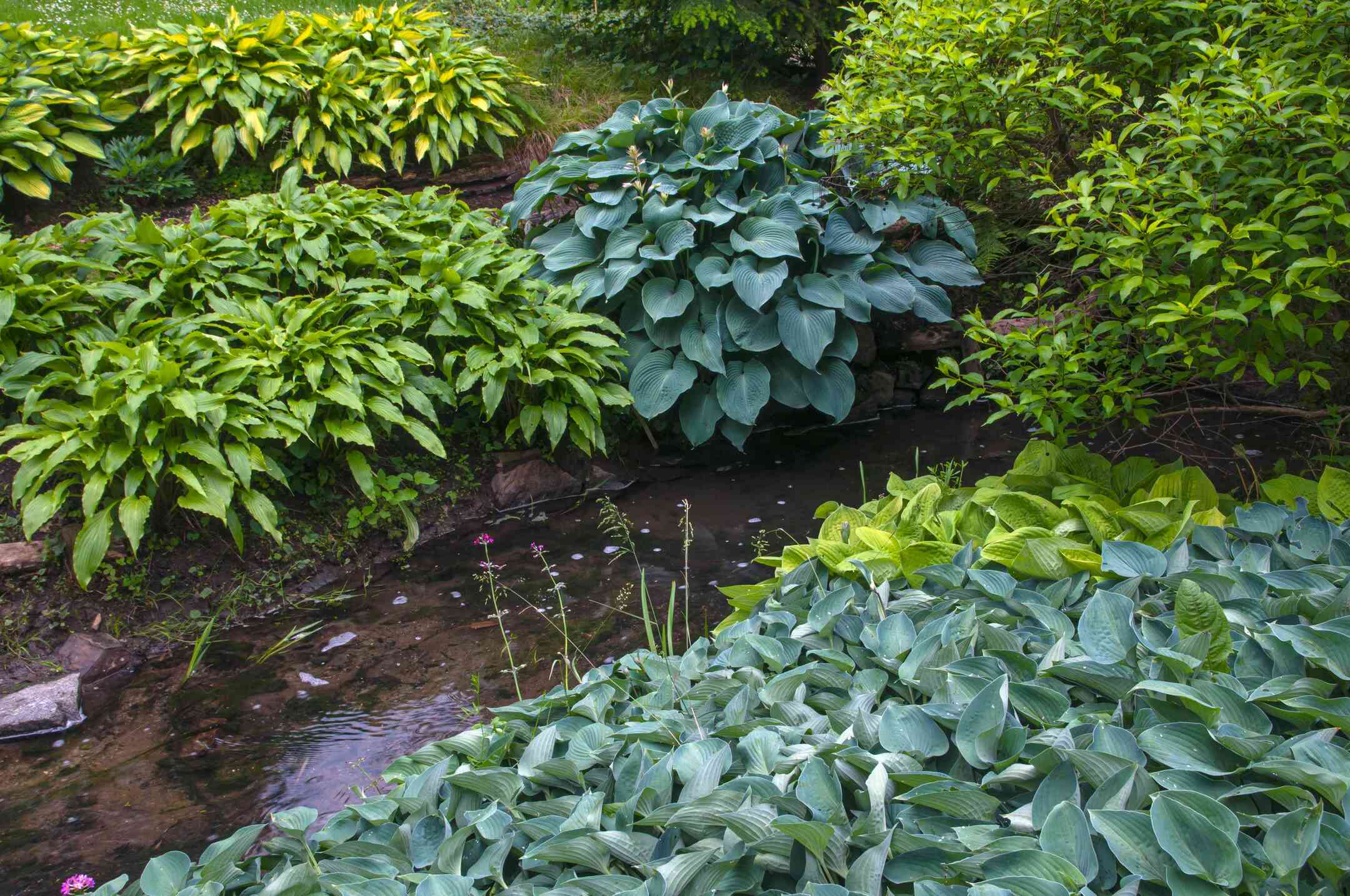
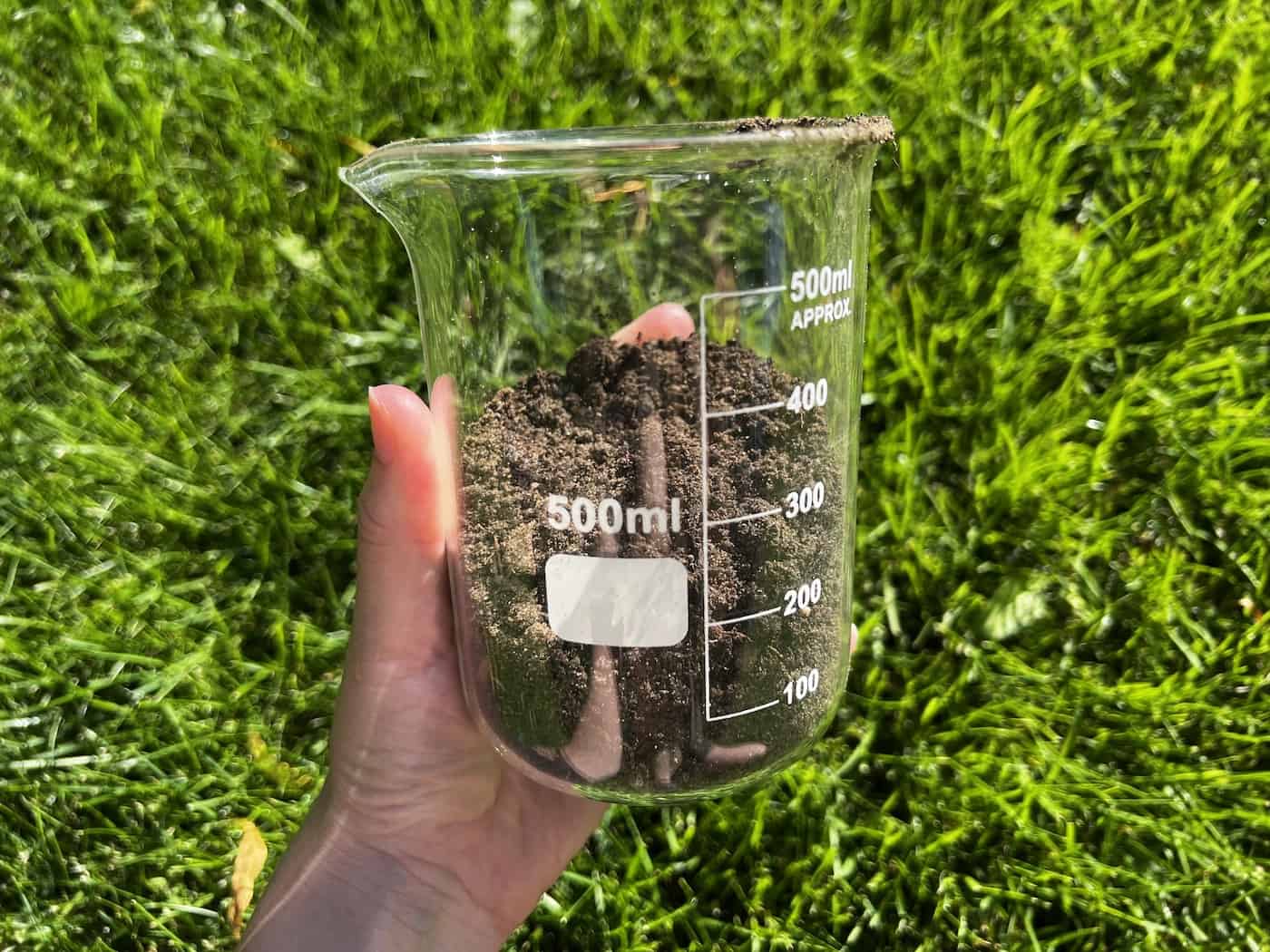
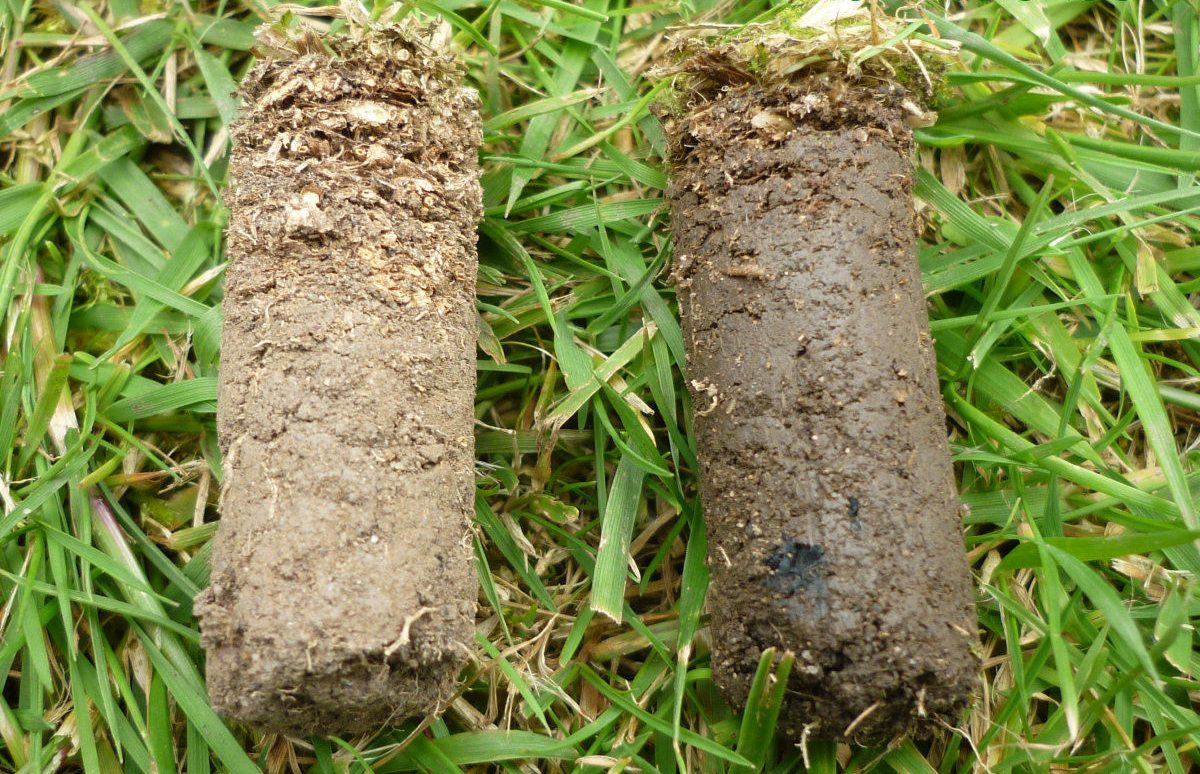
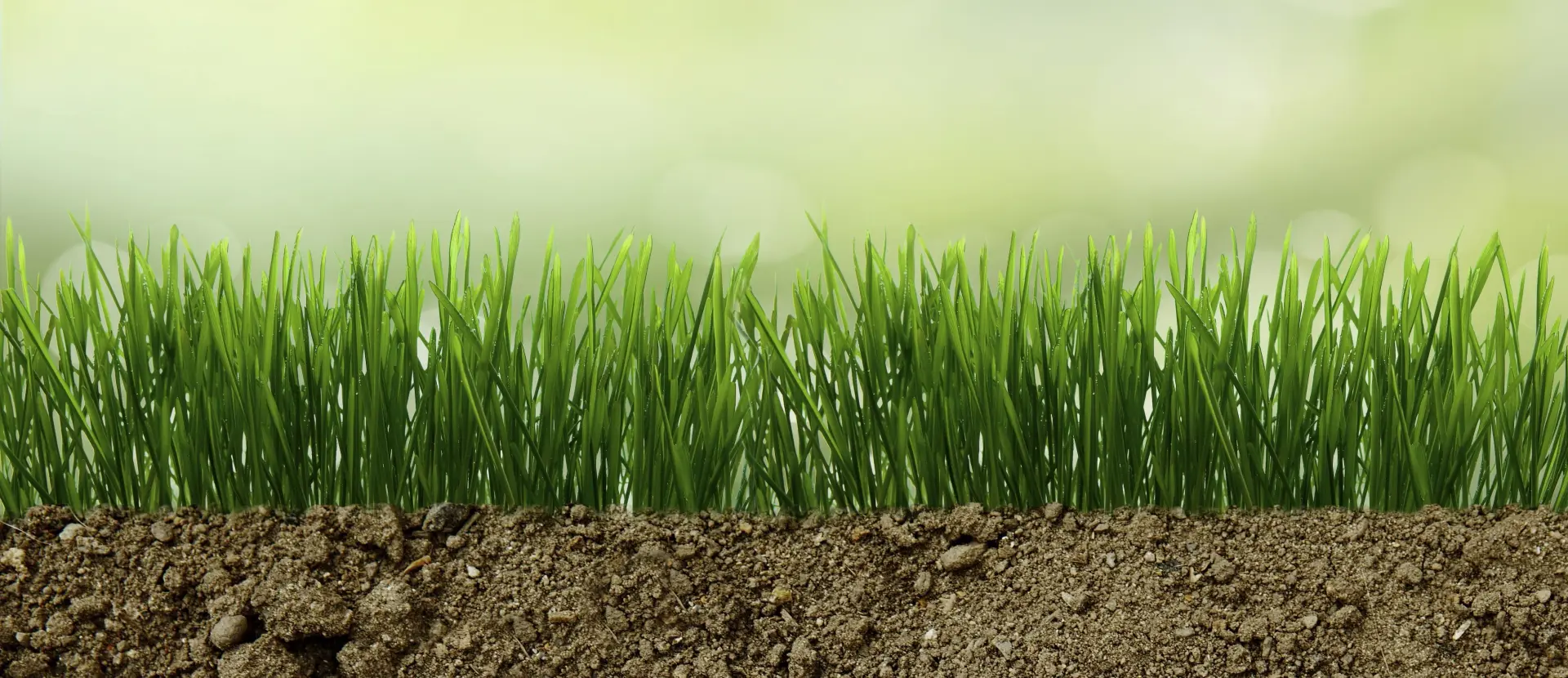
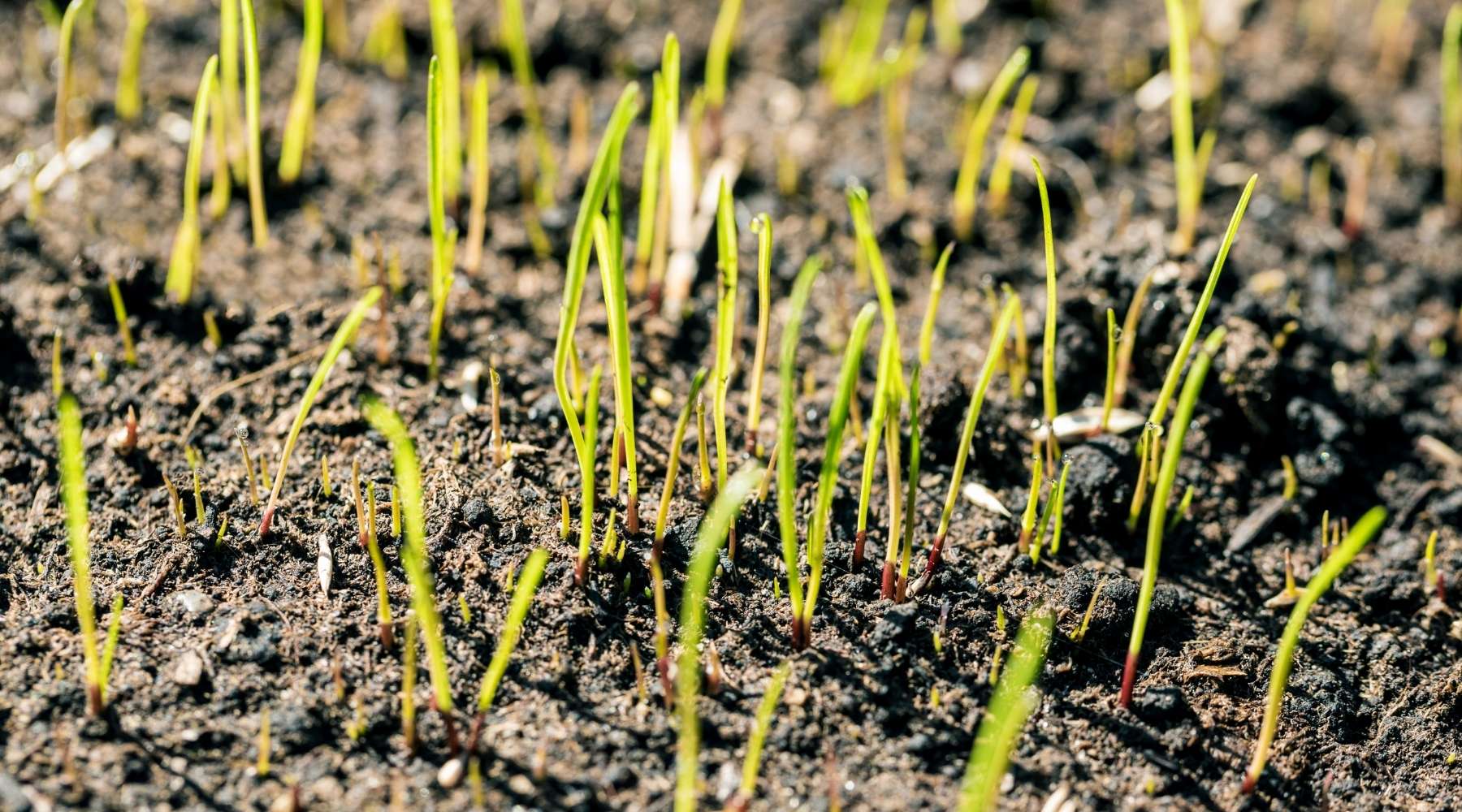
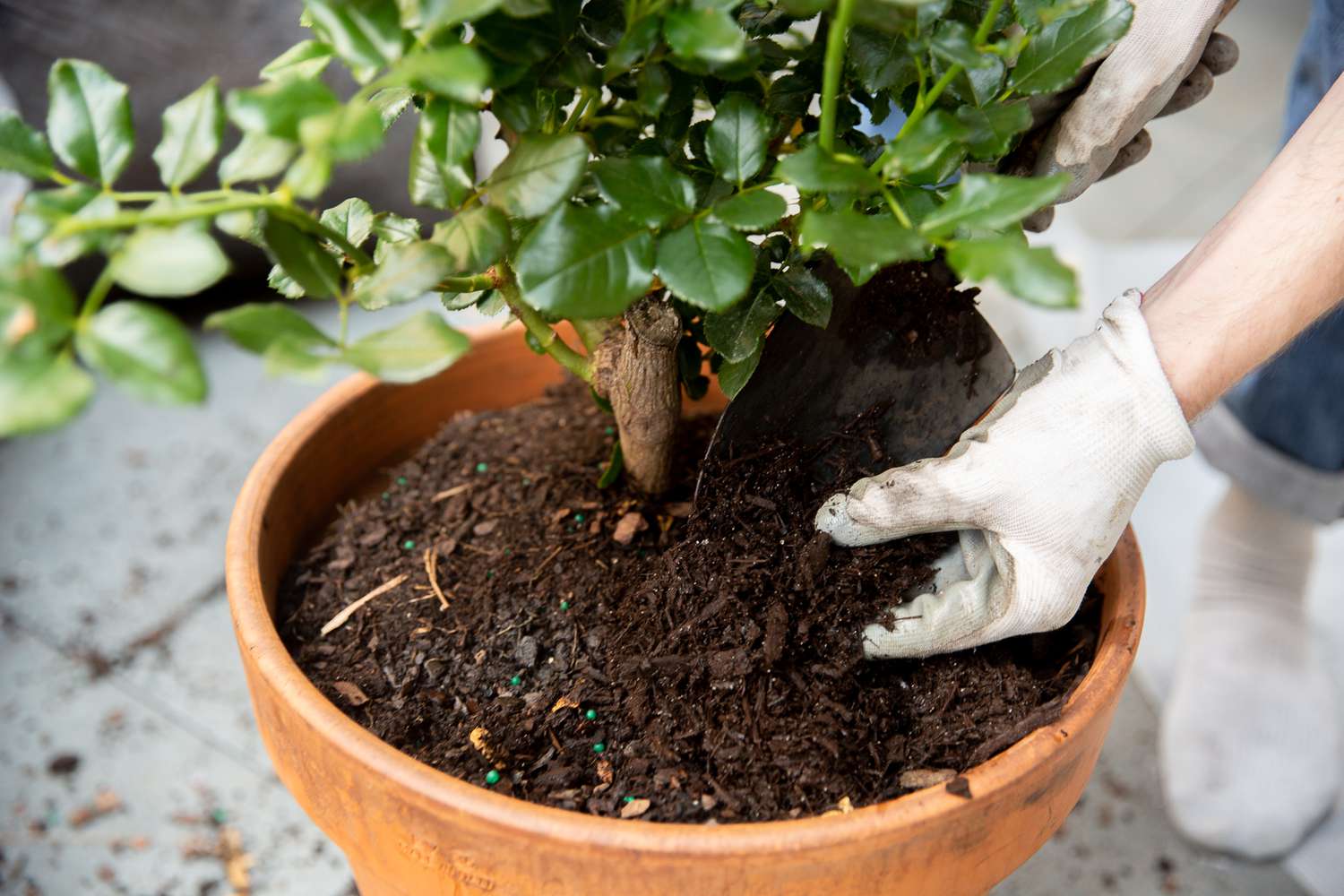
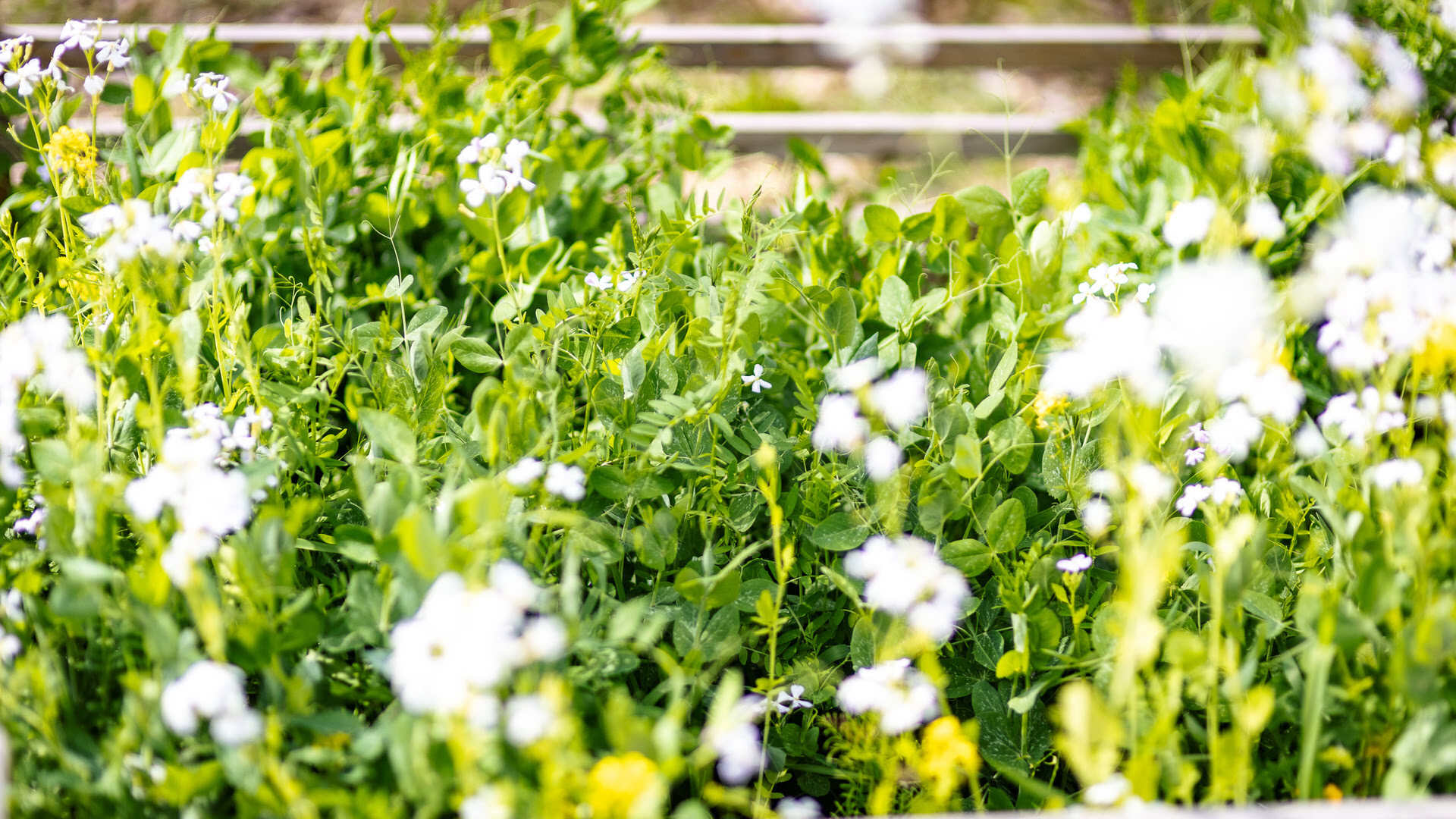
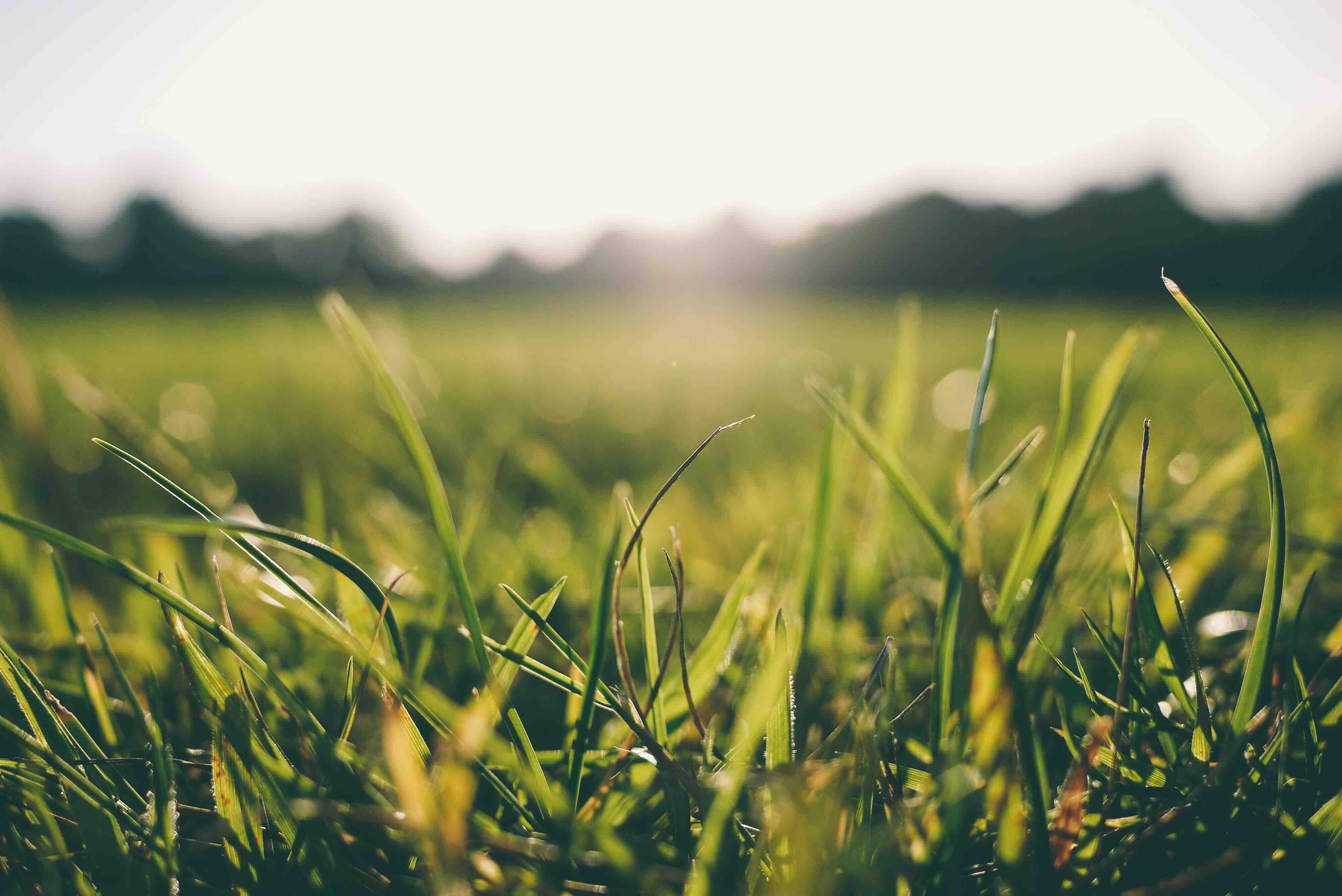
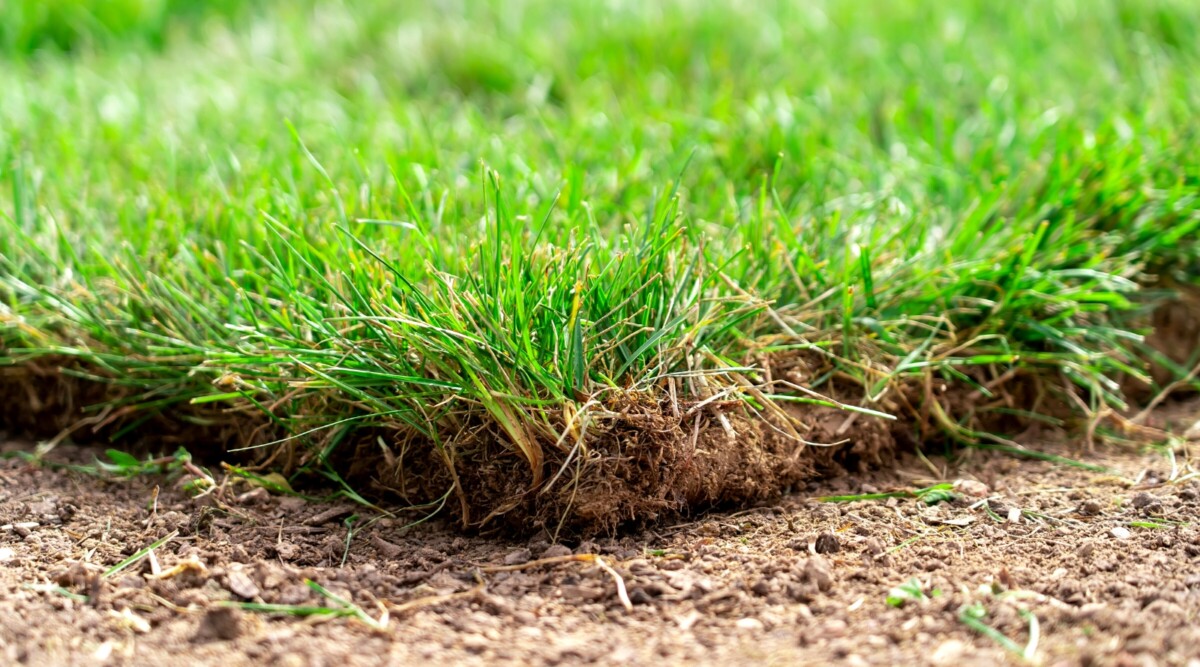
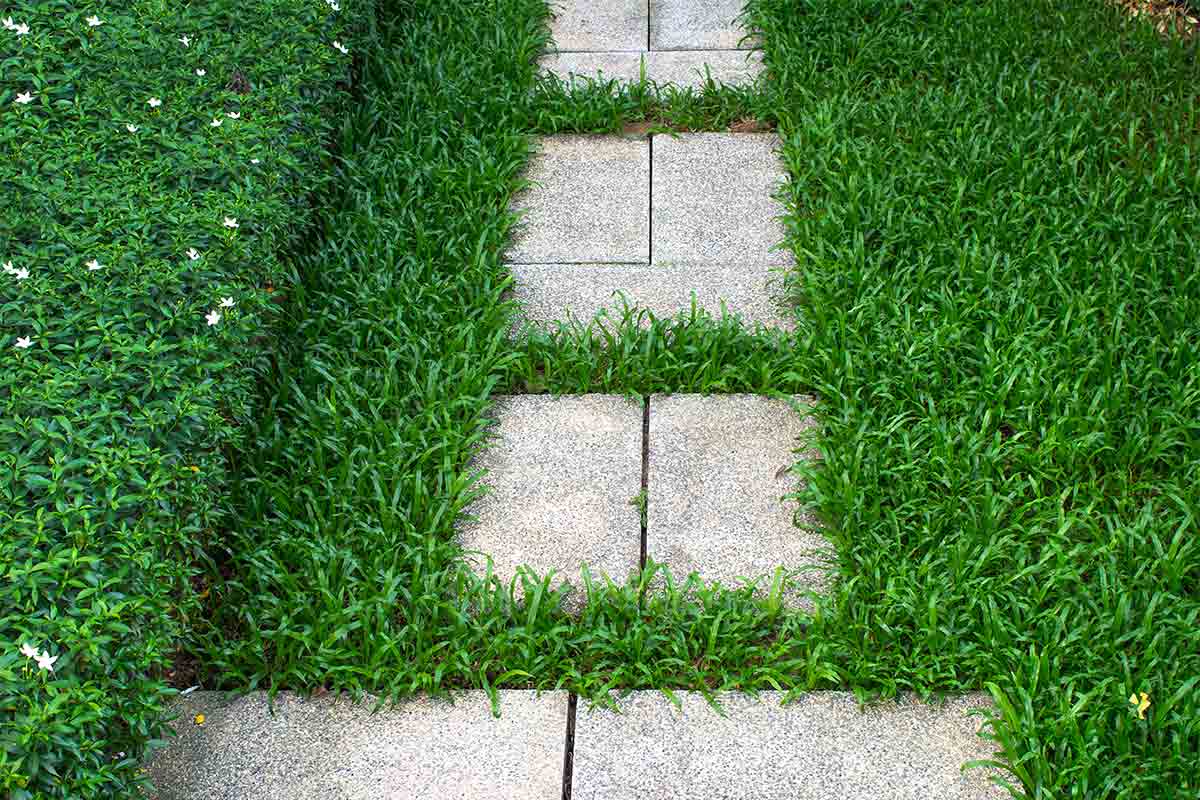
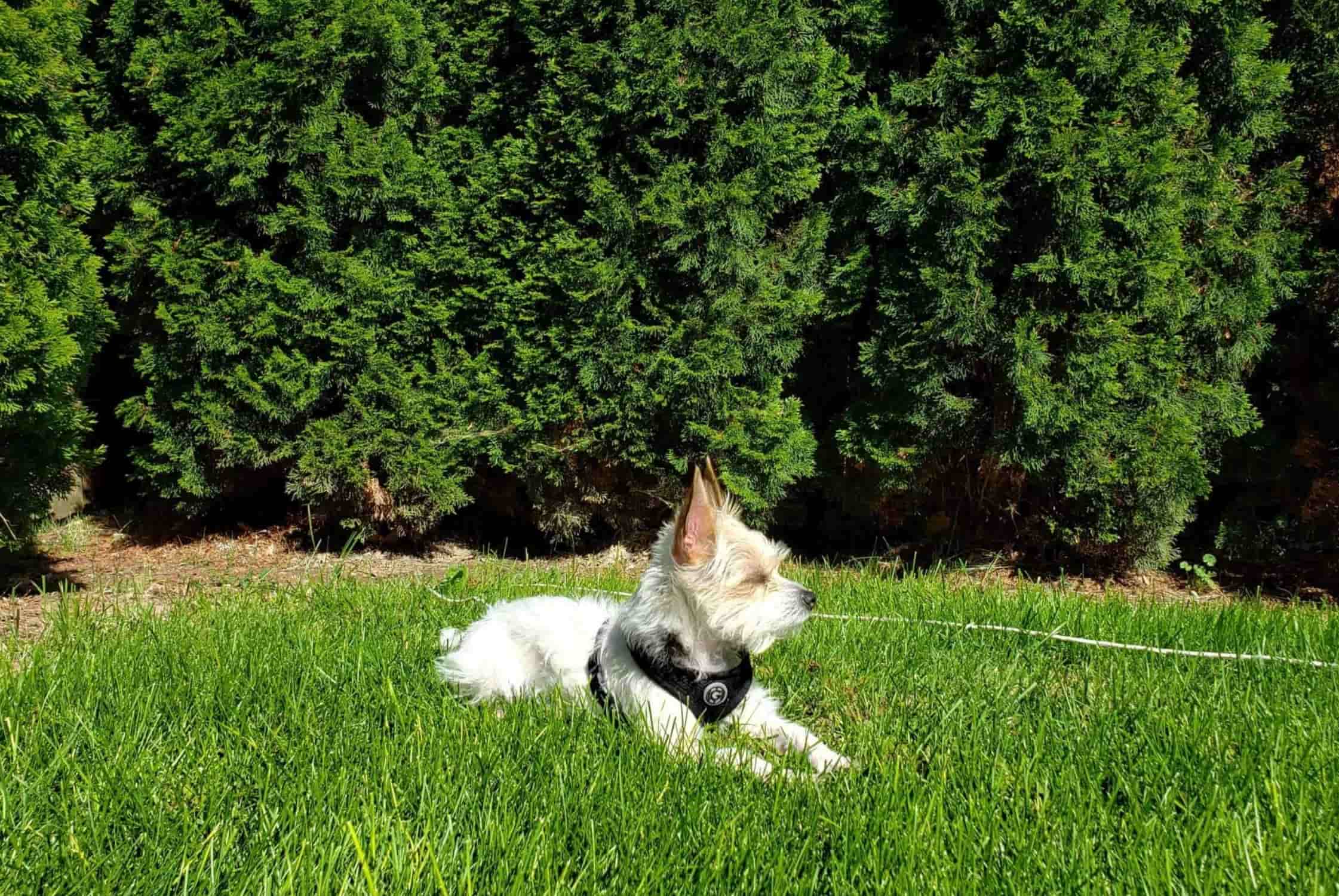
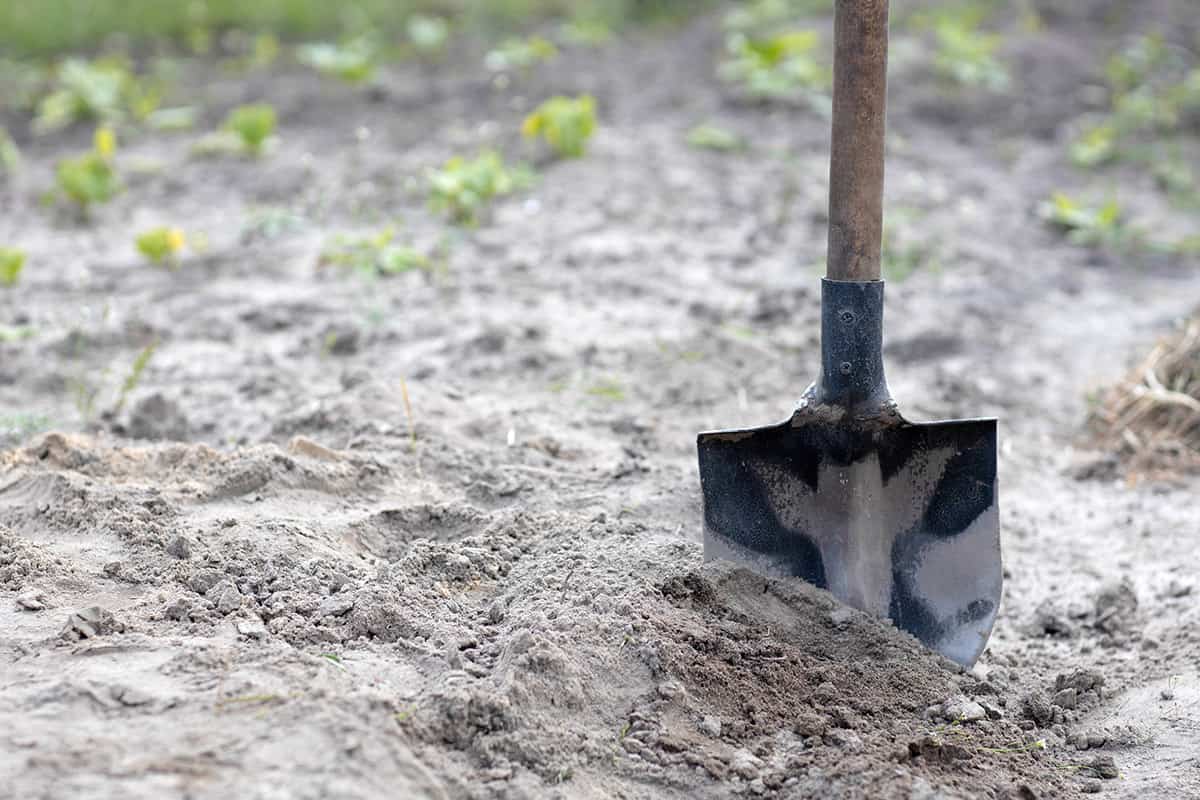
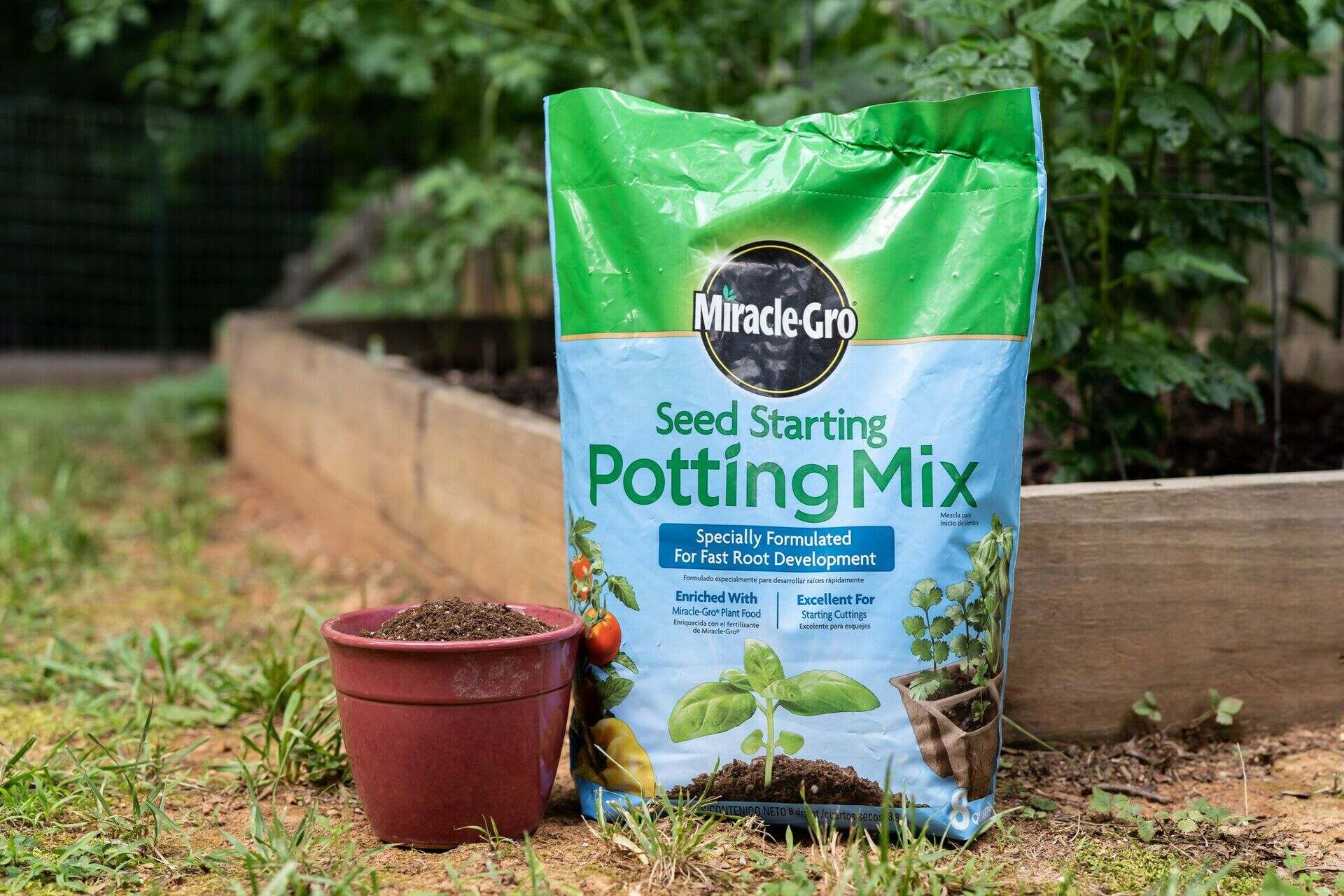
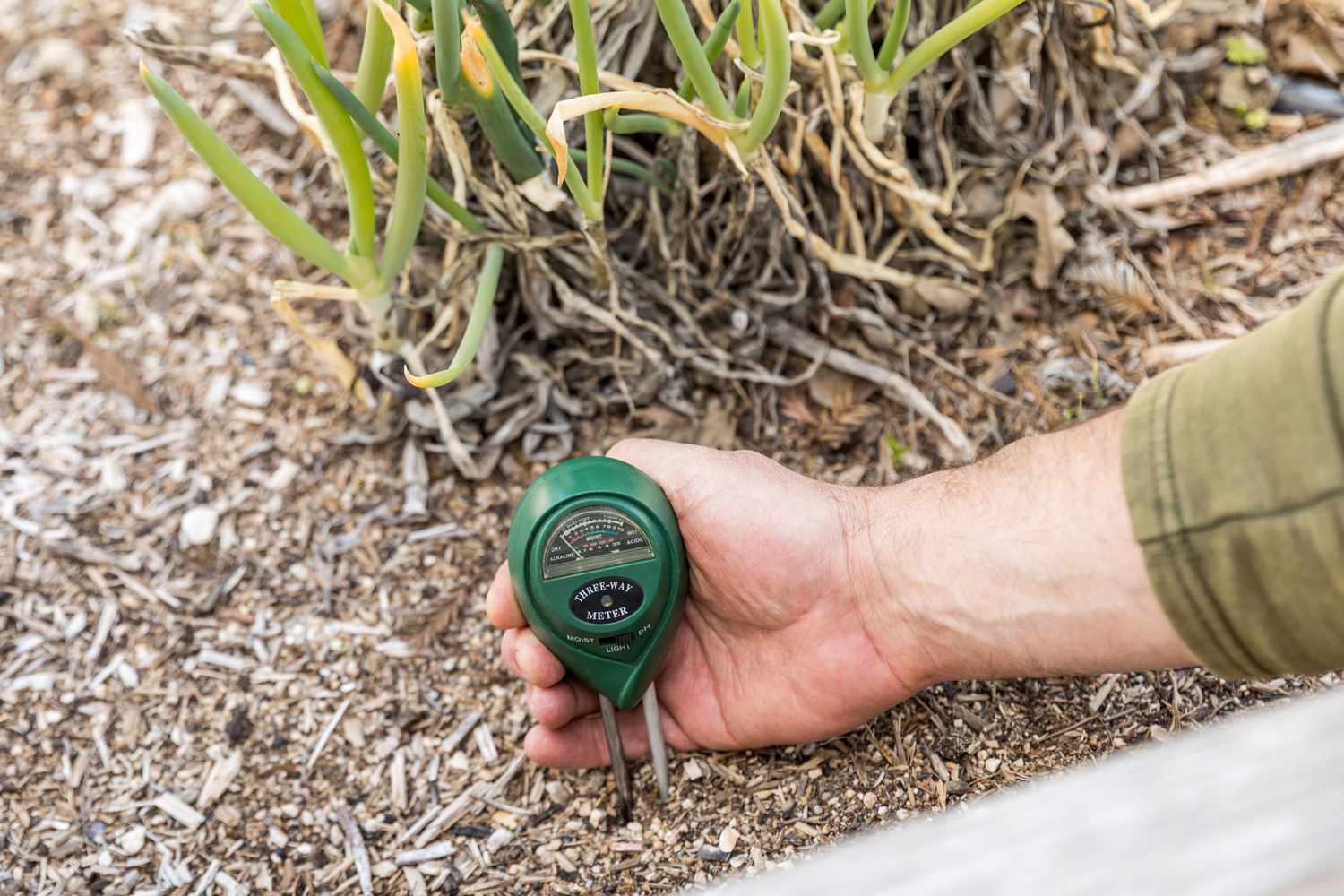

0 thoughts on “What Is The Best Soil To Grow Grass”